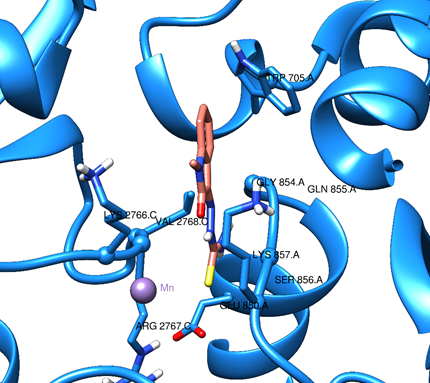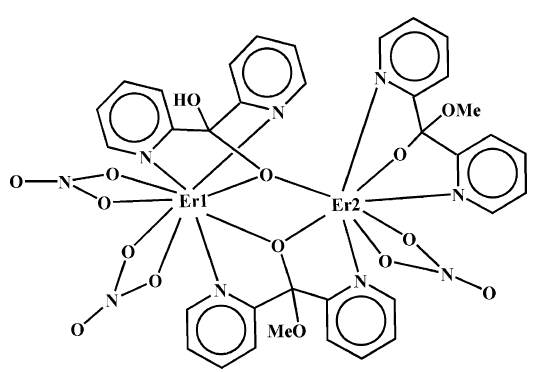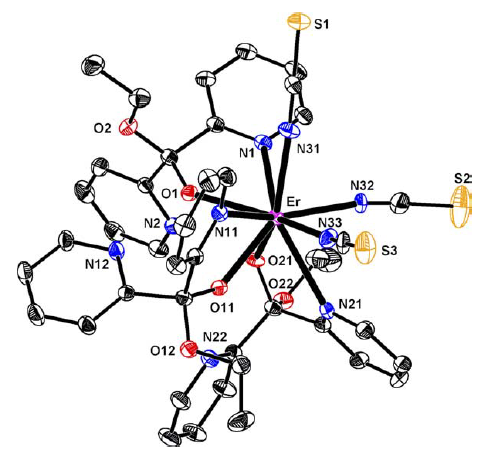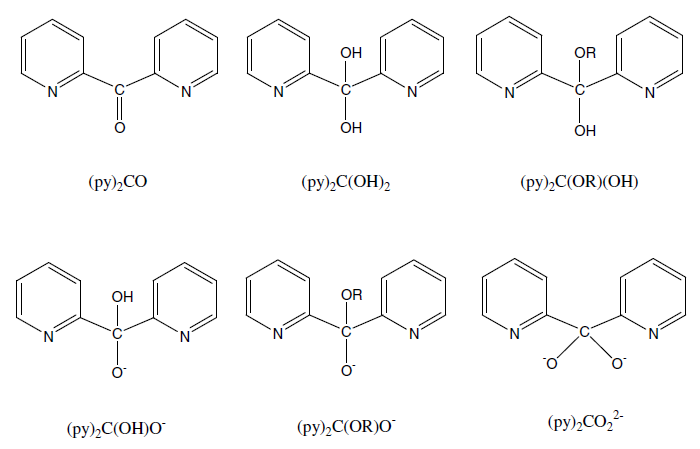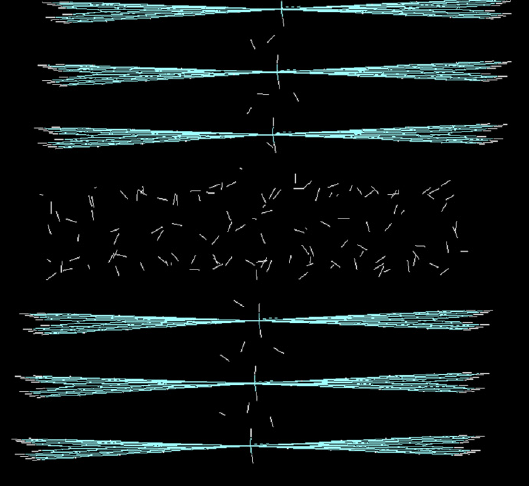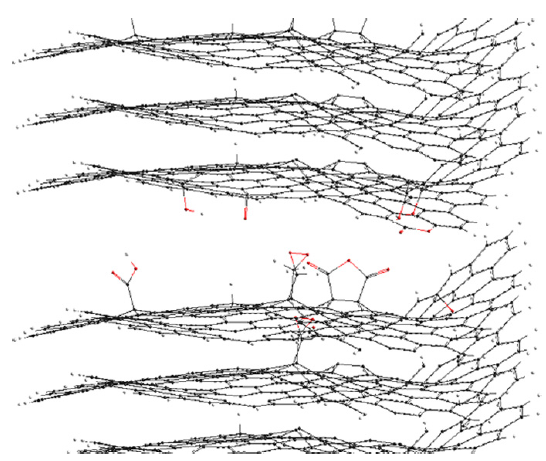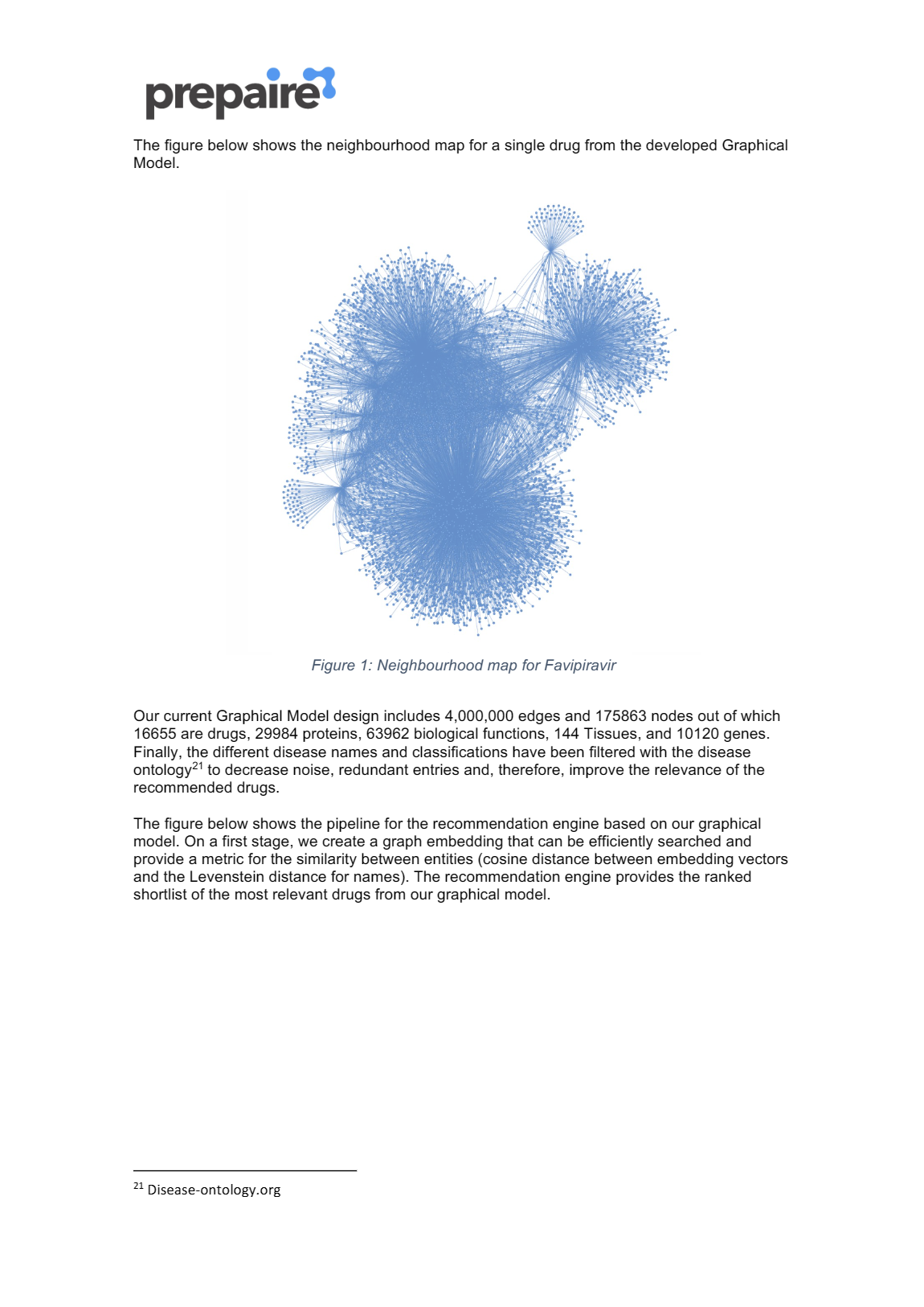
A novel pipeline for drug discovery
Driven by rapid advances in computer hardware and publicly available datasets over the past decade, deep learning has achieved tremendous success in the transformation of many computational disciplines. These novel technologies have had a considerable impact on computer-aided drug design as well, throughout all stages of the development pipeline.

